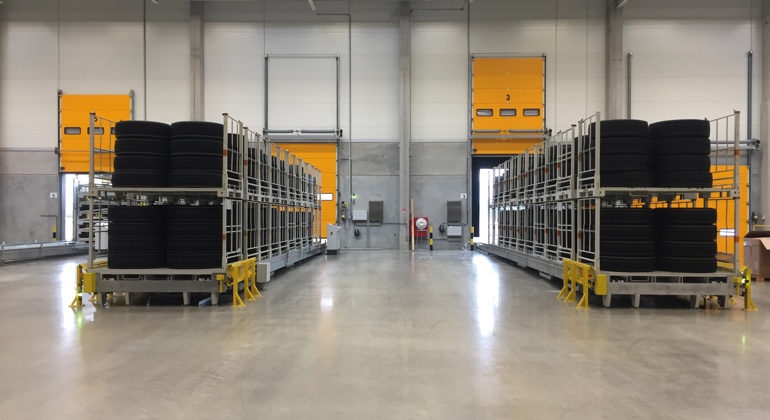The logistics industry is facing unprecedented challenges. From endemic staff shortages to escalating stakeholder environmental demands, businesses must innovate to bounce back. And yet, highly paid lorry drivers are still compelled to wait for hours at loading bays while warehouse operatives manually load and unload goods. Additionally, accidents are routine – with an average of 13 fatalities and 26,000 non-fatal injuries per year within the UK transportation and storage industry.
The working experience has to improve – and that can only be achieved by using automated solutions to minimise both delays and danger.
Automated loading eradicates driver delays and maximises drive time. It can minimise warehouse operatives’ manual labour and reliance on forklift trucks, radically improving safety. The process is faster and more efficient, allowing warehouse operatives to be relocated to safer, more enjoyable and potentially better-paid areas of the operation.
At the same time, emissions are reduced. With more certainty about delivery timelines, businesses can explore further optimisation, automation and collaboration to meet environmental goals.
In this article, our Global Sales Director, Wouter Satijn will explain how automating the loading process delivers a rapid Return on Investment (ROI) and future-proofs the business against continuing staff shortages and rising environmental expectations.
Book a FREE Loading Assessment
Learn how to make the loading process safer and more efficient with a no-obligation assessment...
BOOK NOW











